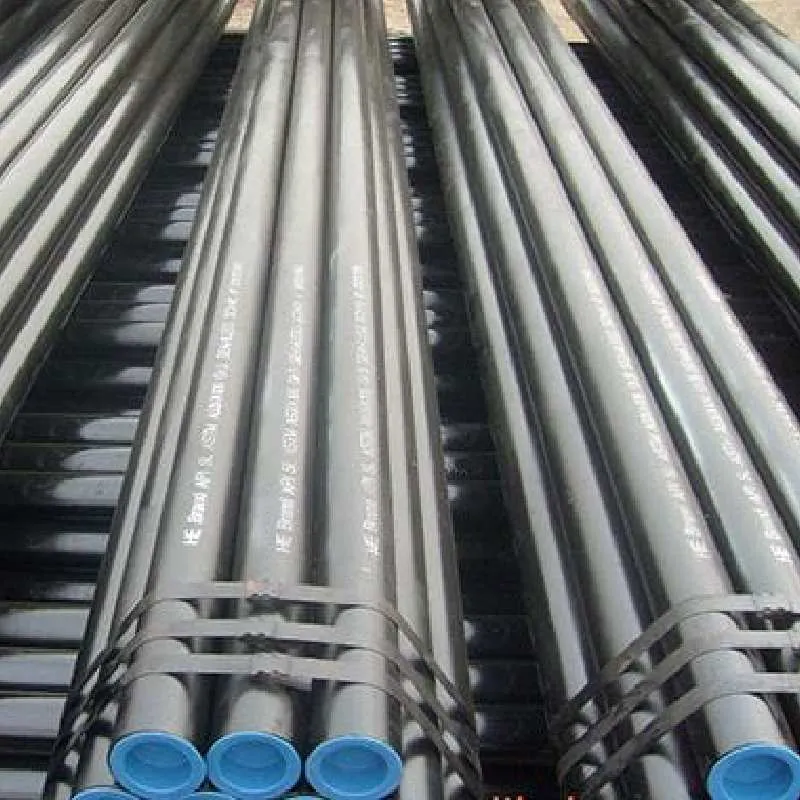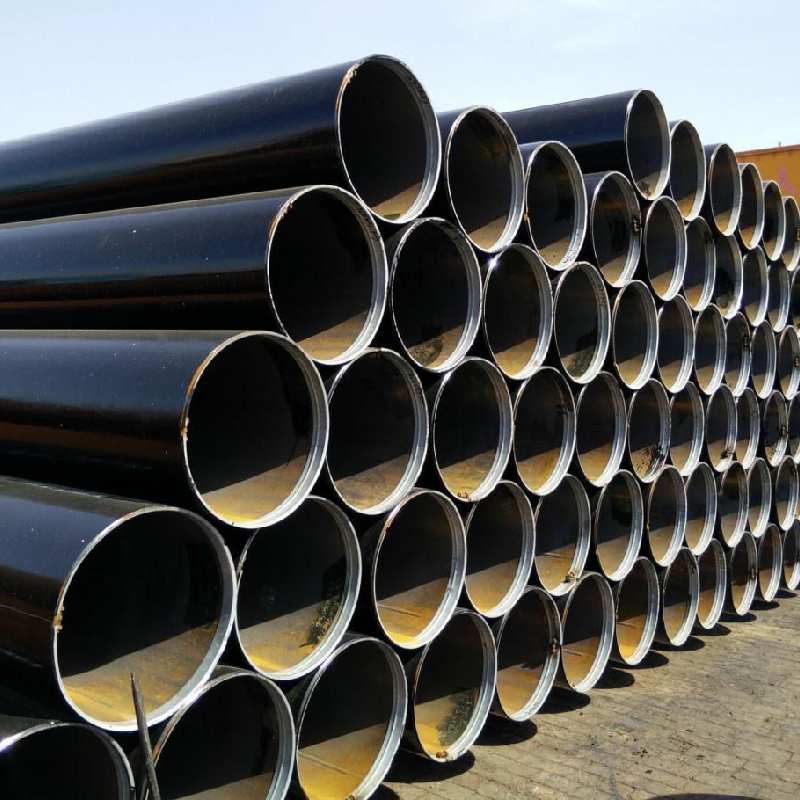-
Cangzhou Yulong Steel Co., Ltd.
-
Phone:
+86 13303177267 -
Email:
admin@ylsteelfittings.com
- English
- Arabic
- Italian
- Spanish
- Portuguese
- German
- kazakh
- Persian
- Greek
- French
- Russian
- Polish
- Thai
- Indonesian
- Vietnamese
- Zulu
- Korean
- Uzbek
- Hindi
- Serbian
- Malay
- Ukrainian
- Gujarati
- Haitian Creole
- hausa
- hawaiian
- Hebrew
- Miao
- Hungarian
- Icelandic
- igbo
- irish
- Japanese
- Javanese
- Kannada
- Khmer
- Rwandese
- Afrikaans
- Albanian
- Amharic
- Armenian
- Azerbaijani
- Basque
- Belarusian
- Bengali
- Bosnian
- Bulgarian
- Catalan
- Cebuano
- China
- China (Taiwan)
- Corsican
- Croatian
- Czech
- Danish
- Esperanto
- Estonian
- Finnish
- Frisian
- Galician
- Georgian
- Kurdish
- Kyrgyz
- Lao
- Latin
- Latvian
- Lithuanian
- Luxembourgish
- Macedonian
- Malgashi
- Malayalam
- Maltese
- Maori
- Marathi
- Mongolian
- Myanmar
- Nepali
- Norwegian
- Norwegian
- Occitan
- Pashto
- Dutch
- Punjabi
- Romanian
- Samoan
- Scottish Gaelic
- Sesotho
- Shona
- Sindhi
- Sinhala
- Slovak
- Slovenian
- Somali
- Sundanese
- Swahili
- Swedish
- Tagalog
- Tajik
- Tamil
- Tatar
- Telugu
- Turkish
- Turkmen
- Urdu
- Uighur
- Welsh
- Bantu
- Yiddish
- Yoruba

Feb . 07, 2025 02:29 Back to list
stainless steel pipe cap
Stainless steel pipe bending is a critical process widely utilized across various industries, ranging from automotive to construction. The bending process transforms linear pipes into specified shapes, offering both aesthetic appeal and functional advantages. Understanding this process inherently involves examining its technical aspects, benefits, applications, and best practices from an expert’s perspective.
Incorporate advanced technological tools in stainless steel pipe bending, such as computer numerical control (CNC) machines, which offer unmatched precision. CNC bending machines can execute complex designs with minimal human intervention, significantly reducing the risk of error. Additionally, the use of simulation software before actual bending can foresee potential issues, allowing experts to plan the most effective bending strategy. Real-world applications illustrate the indispensable nature of this process. Stainless steel bent pipes find roles in myriad sectors—be it in the plumbing industry, providing essential conduits that resist corrosive agents, or in the manufacturing of durable handrails in construction. Their adaptability has also marked significant advancements in the healthcare industry, where hygienic design and resilience are critical. Trust in stainless steel pipe bending services emerges from documented successful projects and customer testimonies. Companies often provide case studies demonstrating challenging projects and their adept handling of the bending process, thus underpinning their reliability and establishing a benchmark of credibility. In summation, the realm of stainless steel pipe bending combines skilled craftsmanship with innovative technology and strict adherence to industry standards to produce components vital to various structural and functional designs. By aligning expertise with trustworthiness and authority, businesses ensure high-quality outcomes that not only meet but exceed industry expectations. For enterprises requiring reliable and precise pipe bending solutions, engaging with specialists familiar with these aspects of stainless steel assures optimal performance and longevity of the products.


Incorporate advanced technological tools in stainless steel pipe bending, such as computer numerical control (CNC) machines, which offer unmatched precision. CNC bending machines can execute complex designs with minimal human intervention, significantly reducing the risk of error. Additionally, the use of simulation software before actual bending can foresee potential issues, allowing experts to plan the most effective bending strategy. Real-world applications illustrate the indispensable nature of this process. Stainless steel bent pipes find roles in myriad sectors—be it in the plumbing industry, providing essential conduits that resist corrosive agents, or in the manufacturing of durable handrails in construction. Their adaptability has also marked significant advancements in the healthcare industry, where hygienic design and resilience are critical. Trust in stainless steel pipe bending services emerges from documented successful projects and customer testimonies. Companies often provide case studies demonstrating challenging projects and their adept handling of the bending process, thus underpinning their reliability and establishing a benchmark of credibility. In summation, the realm of stainless steel pipe bending combines skilled craftsmanship with innovative technology and strict adherence to industry standards to produce components vital to various structural and functional designs. By aligning expertise with trustworthiness and authority, businesses ensure high-quality outcomes that not only meet but exceed industry expectations. For enterprises requiring reliable and precise pipe bending solutions, engaging with specialists familiar with these aspects of stainless steel assures optimal performance and longevity of the products.
Next:
Latest news
-
ANSI 150P SS304 SO FLANGE
NewsFeb.14,2025
-
ASTM A333GR6 STEEL PIPE
NewsJan.20,2025
-
ANSI B16.5 WELDING NECK FLANGE
NewsJan.15,2026
-
ANSI B16.5 SLIP-ON FLANGE
NewsApr.19,2024
-
SABS 1123 FLANGE
NewsJan.15,2025
-
DIN86044 PLATE FLANGE
NewsApr.19,2024
-
DIN2527 BLIND FLANGE
NewsApr.12,2024
-
JIS B2311 Butt-Welding Fittings LR/SR 45°/90° /180°Seamless/Weld
NewsApr.23,2024











